Grape Variety
Gamay
"gah-MAY"
Wine Styles
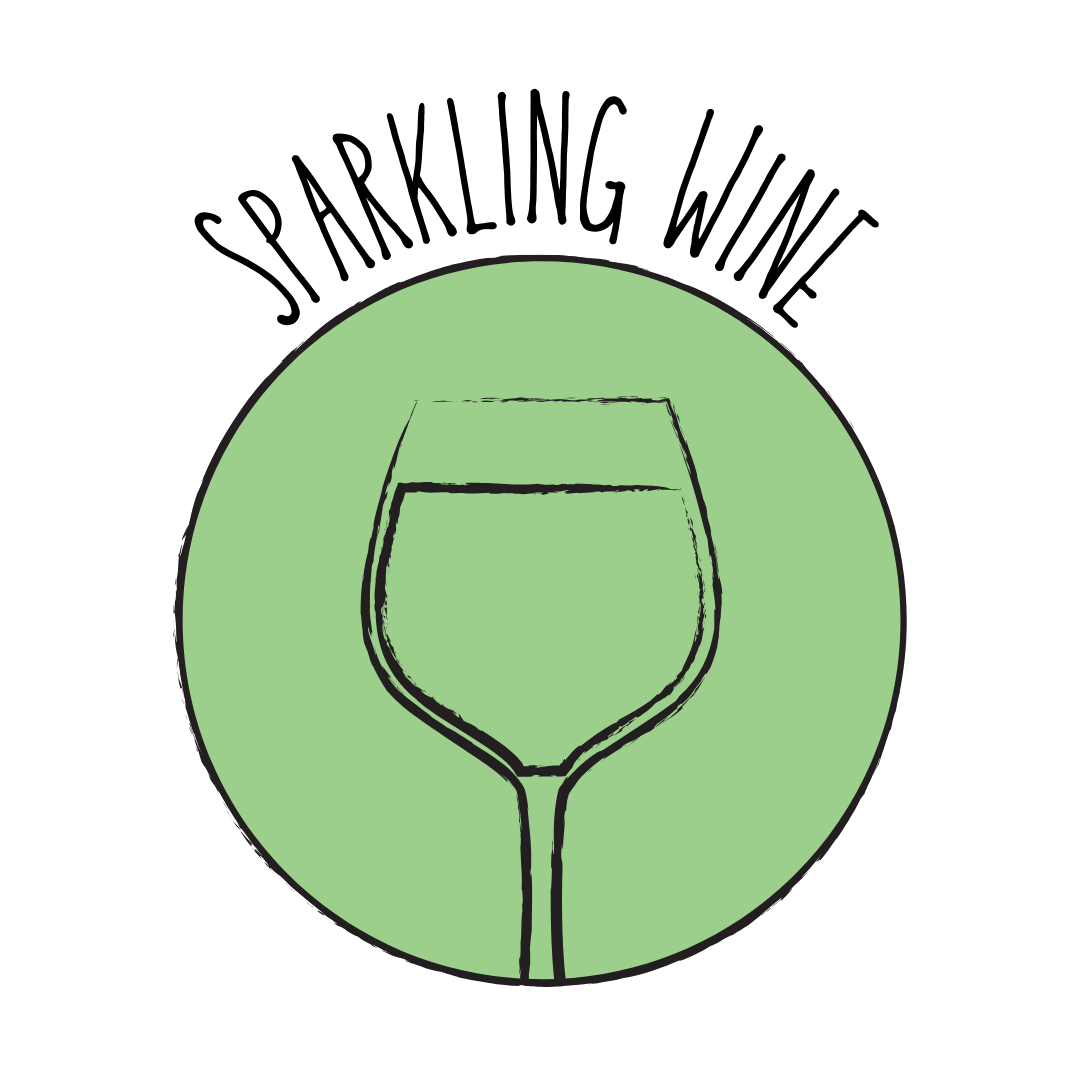 Sparkling
Sparkling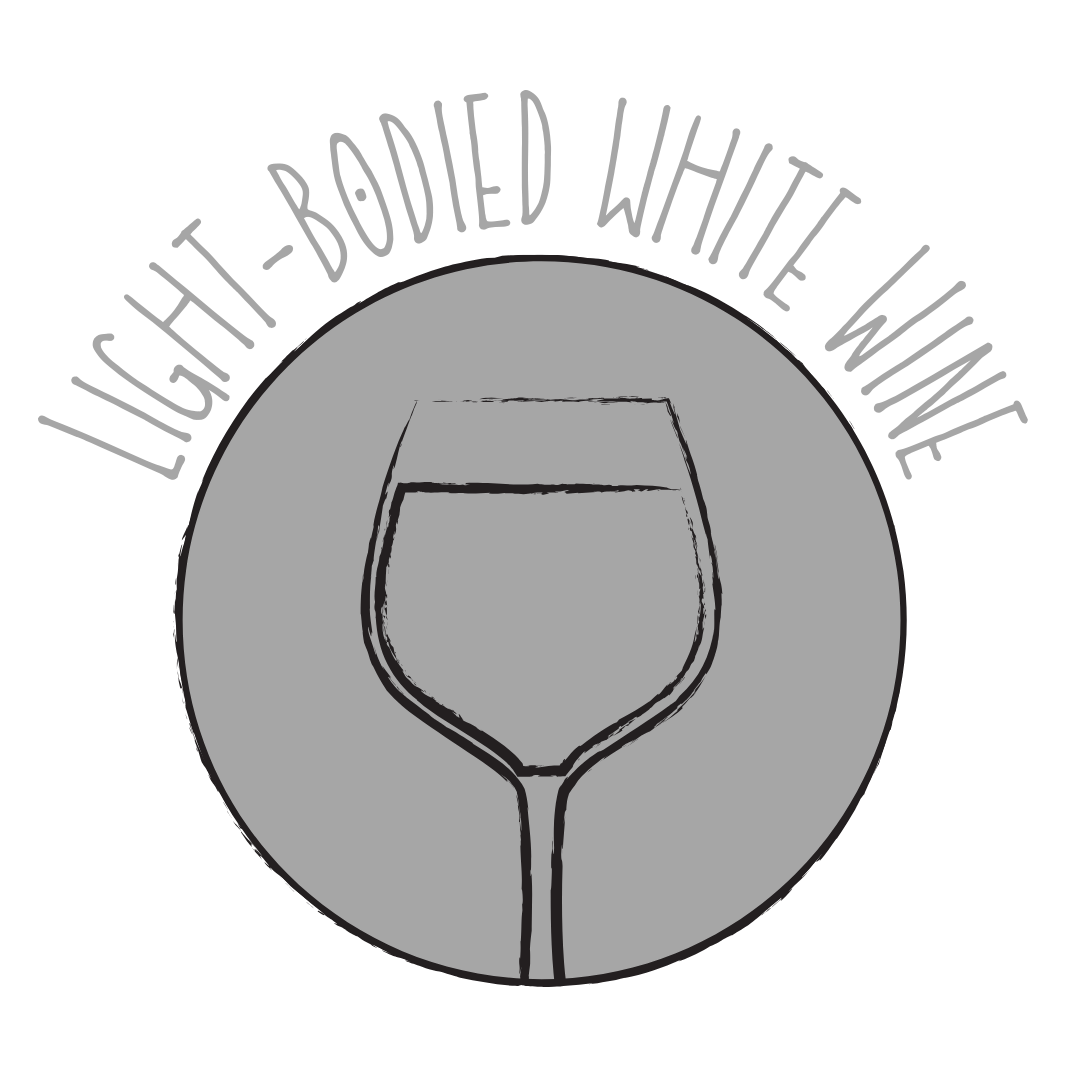 Light White
Light White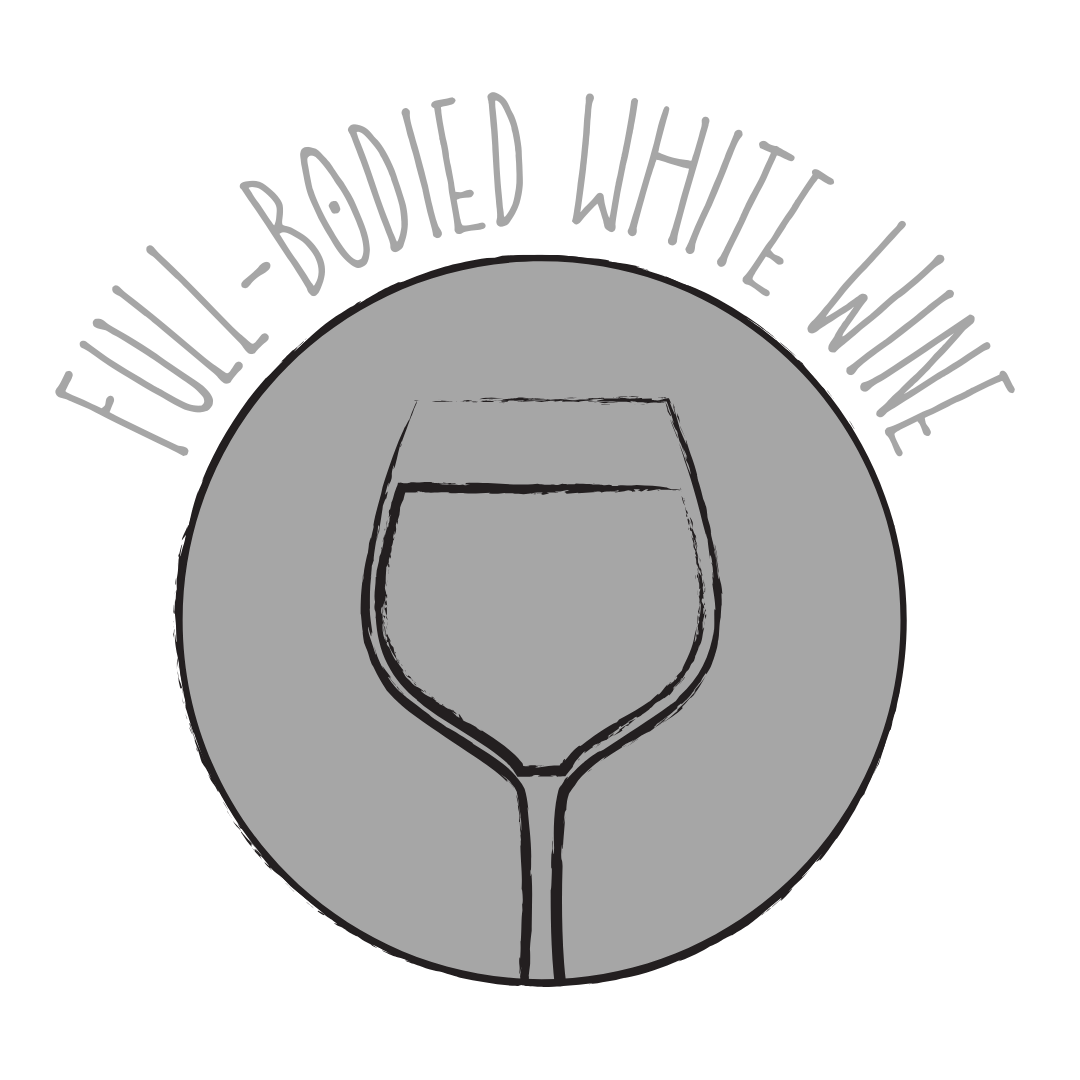 Full White
Full White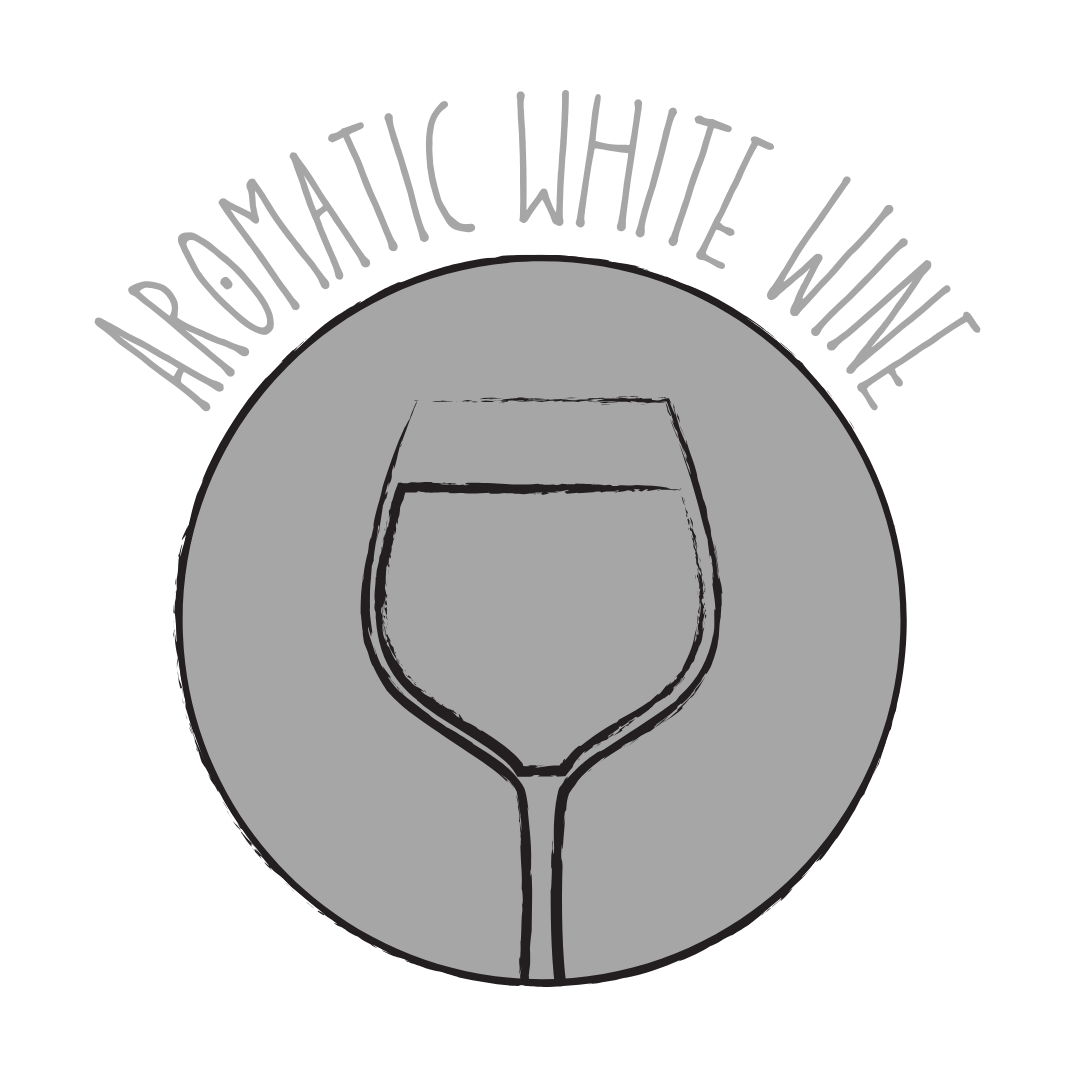 Aromatic
Aromatic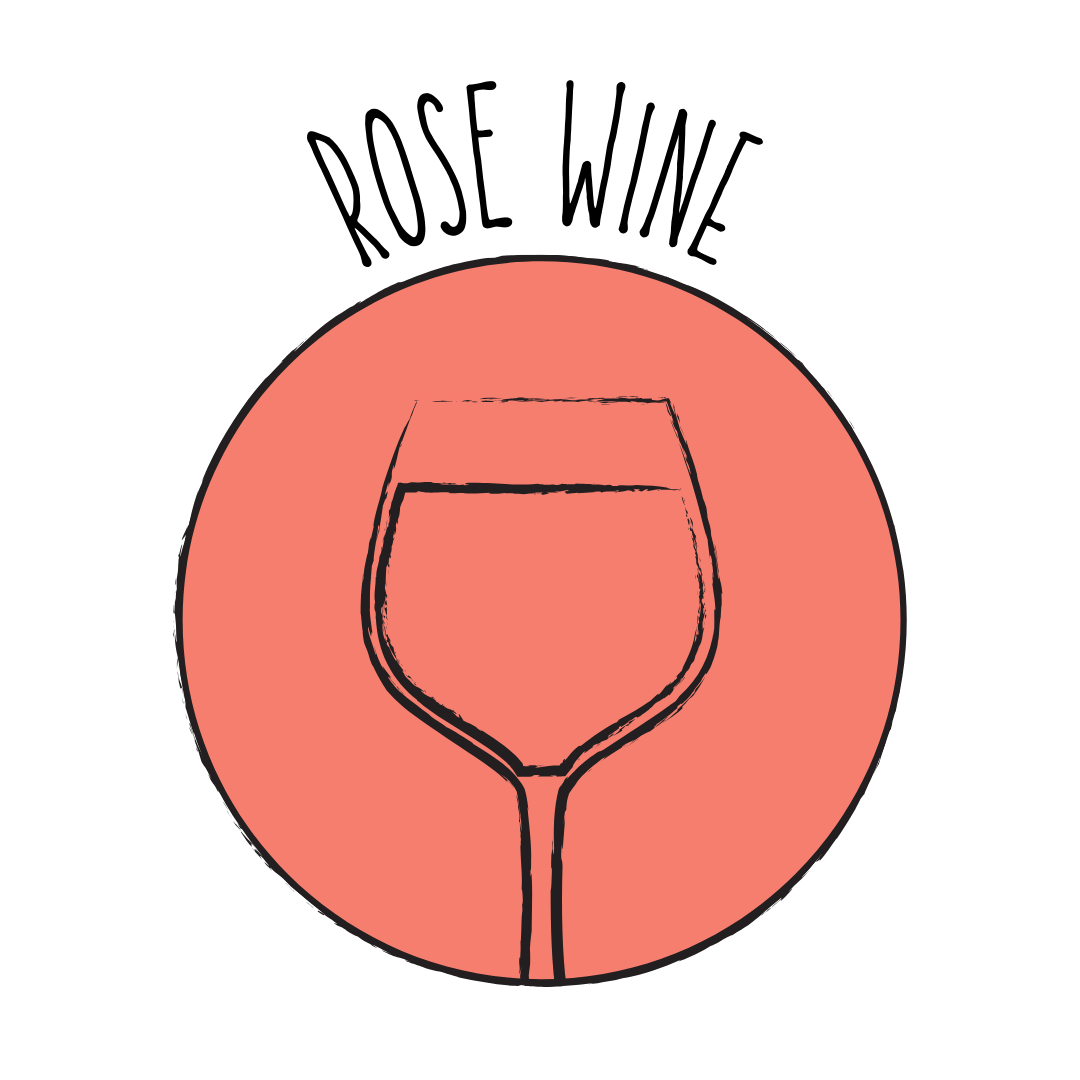 Rosé
Rosé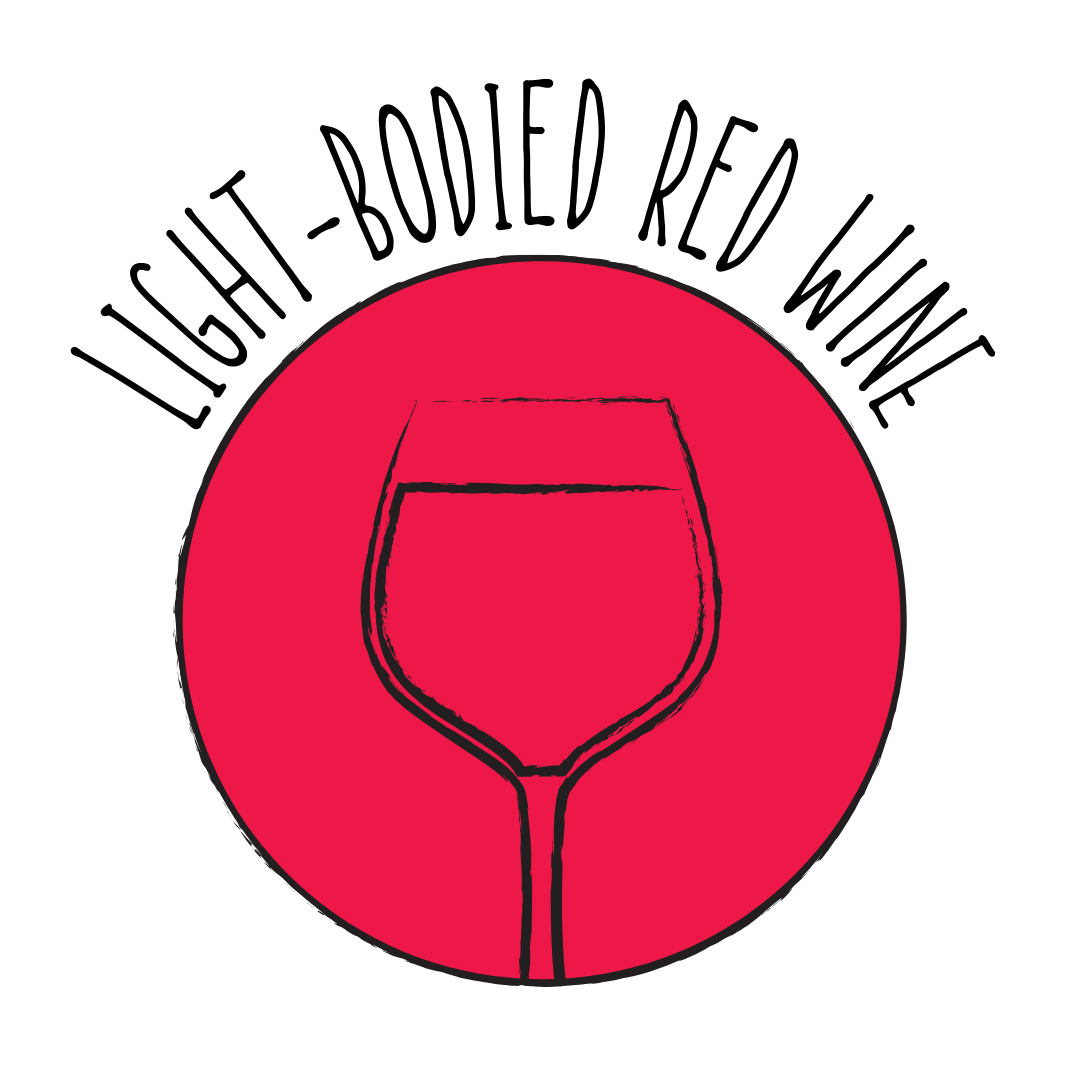 Light Red
Light Red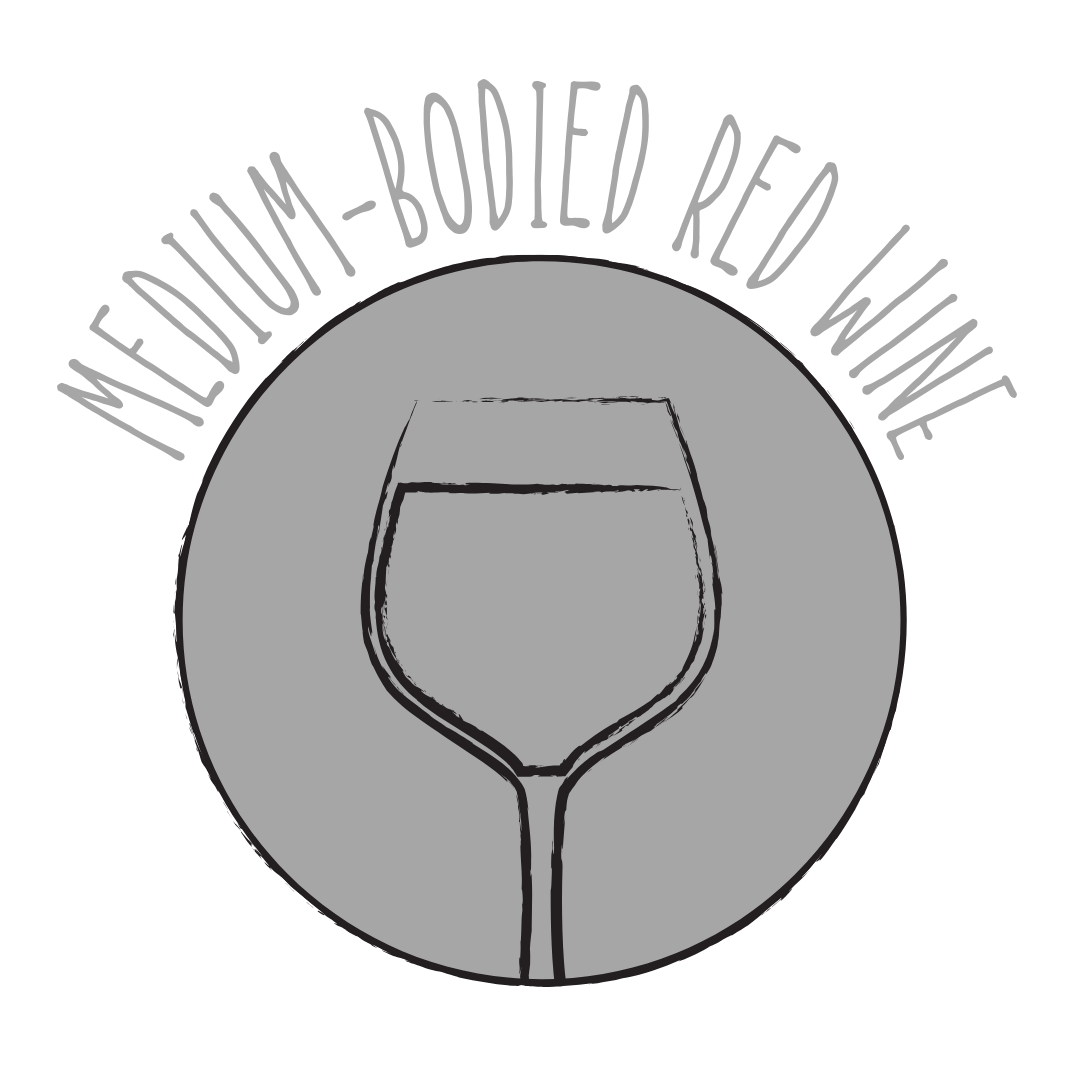 Medium Red
Medium Red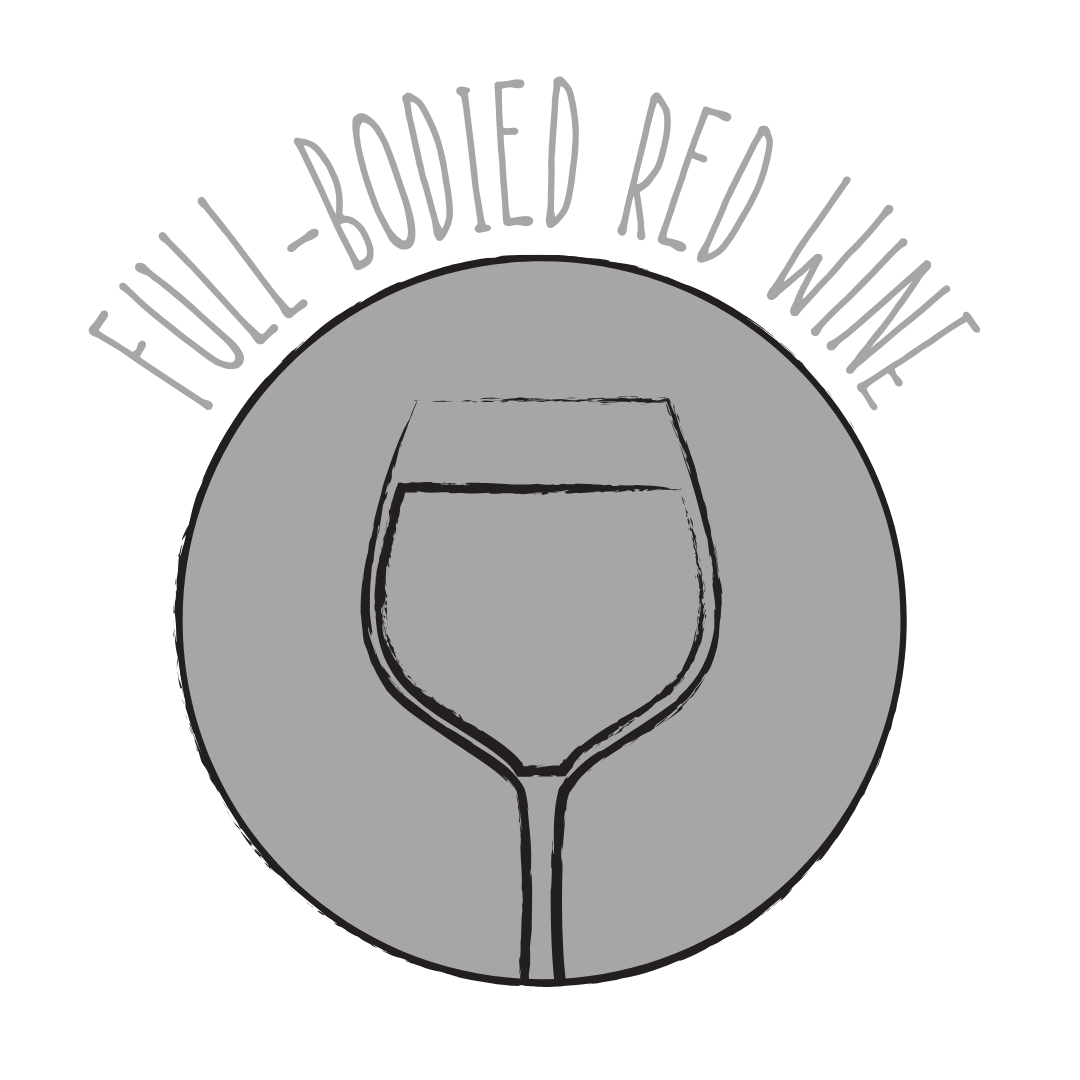 Full Red
Full Red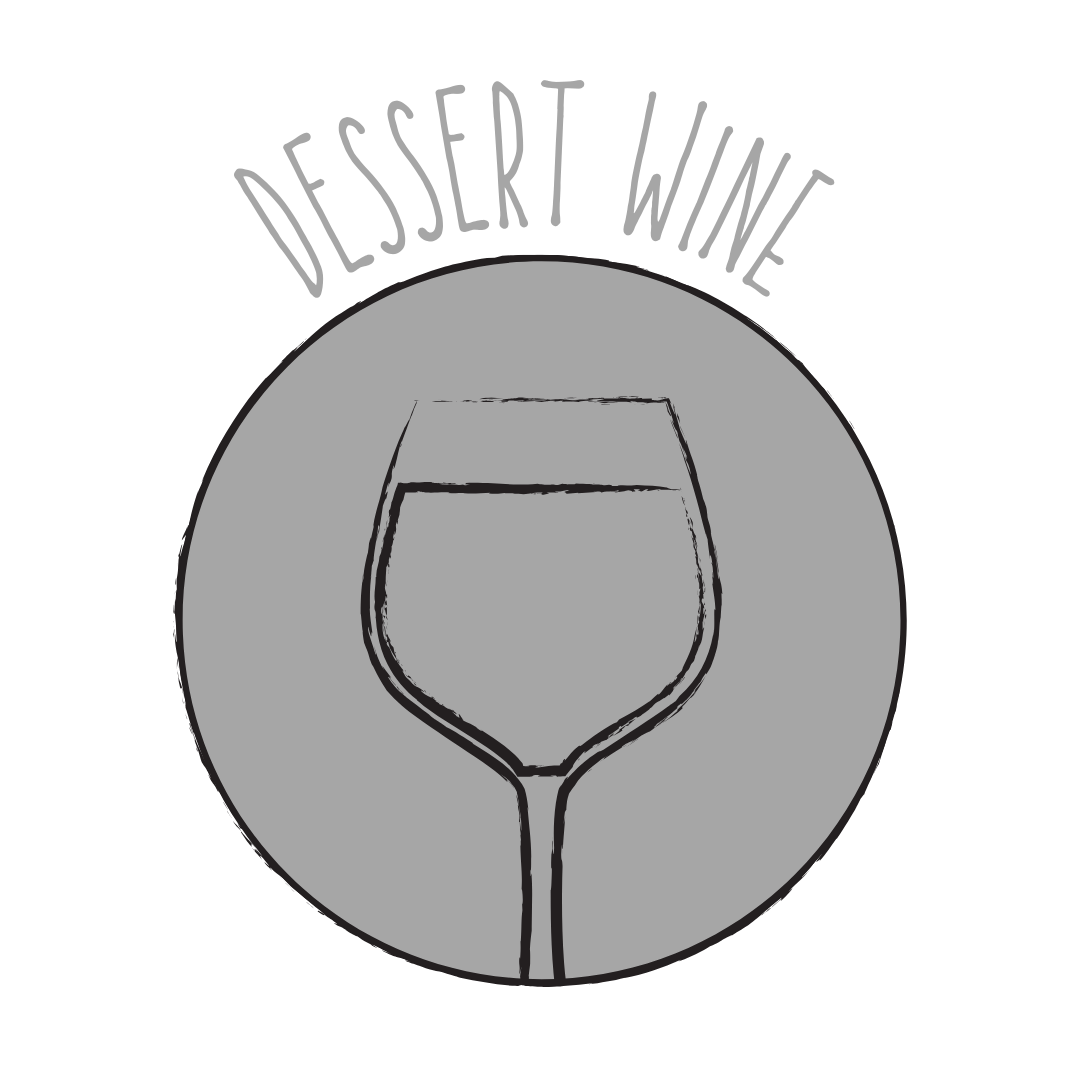 Dessert
DessertAbout Gamay
Origin
Beaujolais, France
History
Gamay is a purple-colored grape variety used to make red wines, most notably grown in Beaujolais and in the Loire Valley around Tours. Its full name is Gamay Noir à Jus Blanc. It is a very old cultivar, mentioned as long ago as the 15th century. The grape brought relief to the village growers following the decline of the Black Death. It has been often cultivated because it makes for abundant production; however, it can produce wines of distinction when planted on acidic soils, which help to soften the grape's naturally high acidity.
Appearance
Small to medium-sized, thin-skinned purple berries forming compact, conical clusters.
Growing Traits
Gamay is known for early ripening and high yields, thriving in both moderate and cool climate wine-growing regions. It is particularly well-suited to acidic soils, which help to soften the grape's naturally high acidity. The vine is vigorous and can be prone to overproduction, which may lead to diluted flavors if not carefully managed.
Wine Characteristics
Body
2/5
Sweetness
1/5
Tannin
1/5
Acidity
5/5
Alcohol
2/5
Light to medium-bodied with a fresh and lively character, offering vibrant fruit flavors and a smooth texture. Typically dry, emphasizing its natural red fruit flavors and subtle floral notes. Low tannin levels, contributing to its smooth and approachable palate. High acidity, providing a crisp and refreshing quality that balances its fruitiness. Moderate alcohol content, typically ranging between 10% and 12.5%, ensuring a light and easy-drinking wine.
Taste Profile
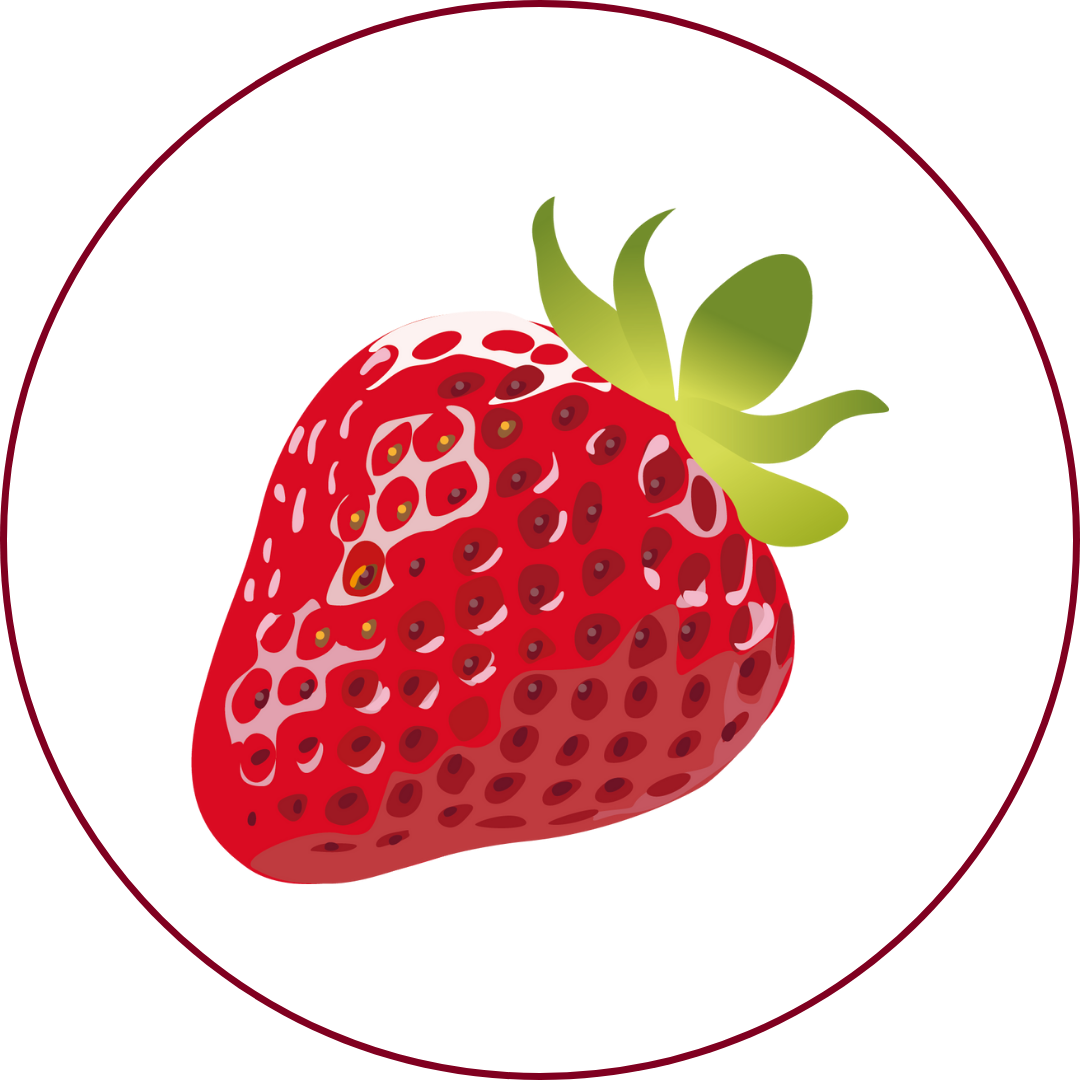
Strawberry

Raspberry
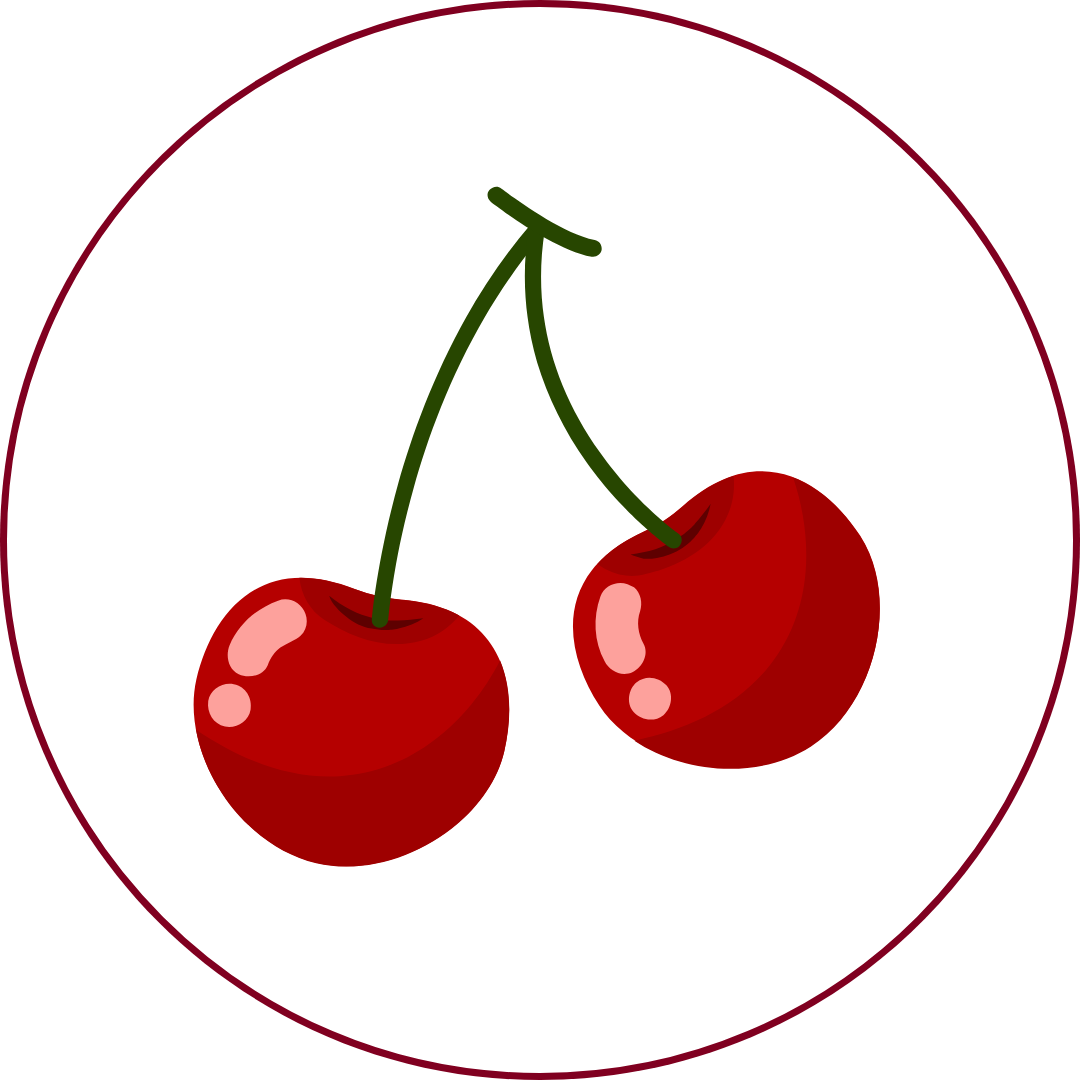
Cherry
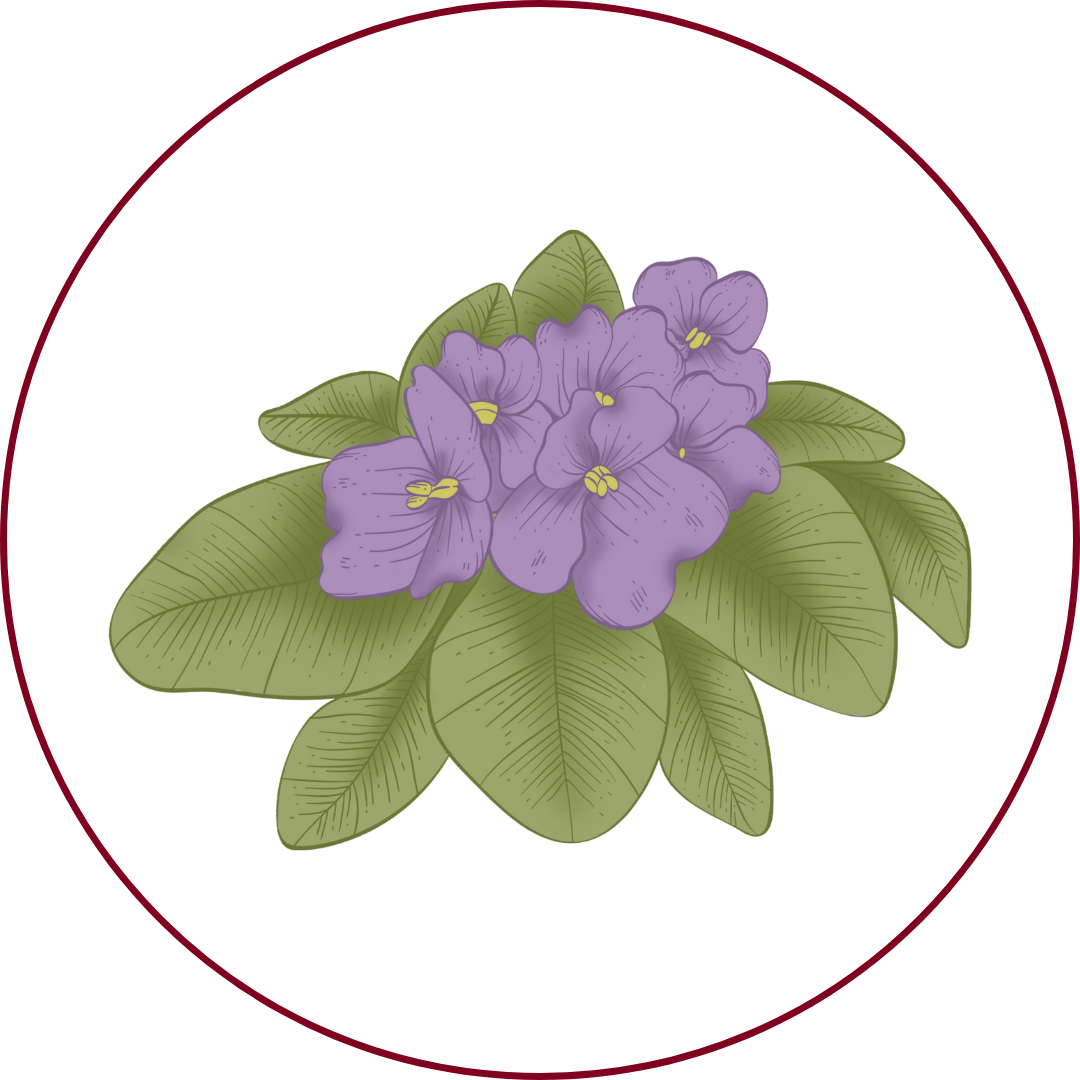
Violet

Banana (in wines made through carbonic maceration)
Gamay wines are characterized by bright red fruit aromas, including strawberry, raspberry, and cherry, with hints of floral and spice notes. The 'Gamay taste' is characterized by its light body, vibrant fruit flavors, elevated acidity, and low tannin structure. In wines made through carbonic maceration, bubblegum, banana, and candied aromas are common.
Food Pairing
Gamay's high acidity and low tannin levels make it a versatile companion for various dishes. It pairs well with charcuterie, roasted poultry, and grilled fish. The wine's vibrant red fruit flavors complement dishes featuring mushrooms, light cheeses, and even spicy cuisines. Its refreshing nature also makes it suitable for serving slightly chilled, enhancing its food-friendly appeal.
Growing Regions

France
BeaujolaisLoire Valley (notably Touraine and Anjou)

Switzerland
VaudValais

United States
Oregon (notably Willamette Valley)California

Canada
Ontario (notably Niagara Peninsula)
Notable Wines & Producers
Beaujolais Nouveau
Georges Duboeuf
Joseph Drouhin
Morgon Cru Beaujolais
Marcel Lapierre
Jean Foillard
Fleurie Cru Beaujolais
Domaine Chignard
Domaine du Vissoux
Gamay FAQ
Common questions about this grape variety
What is the origin of Gamay?
+
Beaujolais, France
Is Gamay wine full bodied?
+
Gamay has a body level of 2 out of 5. Which means that Gamay is Moderate to Light bodied.
Is Gamay wine dry or sweet?
+
Gamay has a dryness level of 1 out of 5. Which means that Gamay is Dry.
Where is Gamay wine from?
+
Beaujolais, France
Where is Gamay grown?
+
Gamay is grown in France (Beaujolais, Loire Valley (notably Touraine and Anjou))Switzerland (Vaud, Valais)United States (Oregon (notably Willamette Valley), California)Canada (Ontario (notably Niagara Peninsula)).
What is Gamay like?
+
Gamay wines are characterized by bright red fruit aromas, including strawberry, raspberry, and cherry, with hints of floral and spice notes. The 'Gamay taste' is characterized by its light body, vibrant fruit flavors, elevated acidity, and low tannin structure. In wines made through carbonic maceration, bubblegum, banana, and candied aromas are common.
What does Gamay pair with?
+
Gamay's high acidity and low tannin levels make it a versatile companion for various dishes. It pairs well with charcuterie, roasted poultry, and grilled fish. The wine's vibrant red fruit flavors complement dishes featuring mushrooms, light cheeses, and even spicy cuisines. Its refreshing nature also makes it suitable for serving slightly chilled, enhancing its food-friendly appeal.
What does Gamay taste like?
+
Gamay wines are characterized by bright red fruit aromas, including strawberry, raspberry, and cherry, with hints of floral and spice notes. The 'Gamay taste' is characterized by its light body, vibrant fruit flavors, elevated acidity, and low tannin structure. In wines made through carbonic maceration, bubblegum, banana, and candied aromas are common.
Take Gamay Knowledge with You
Access detailed grape profiles, tasting notes, and pairing suggestions on your iPhone.
Download on theApp Store